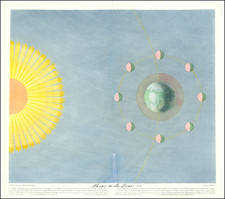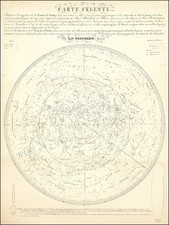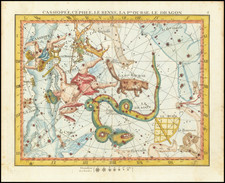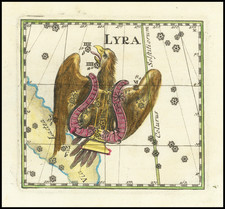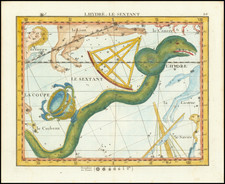AS11-44-6552, more commonly referred to as an Apollo 11 "Earthrise" photograph, is a profound visual testament to humanity's first manned mission to the Moon in 1969. Captured by NASA's Apollo 11 mission, the image depicts a partly illuminated Earth, poised over the lunar horizon, imbuing viewers with an overwhelming sense of the enormity of our cosmos and the delicate beauty of our home planet.
The photograph presents the viewer with a perspective of the Earth and Moon that was, until the era of space exploration, entirely beyond human experience. The lunar terrain depicted in the image corresponds to a region on the near side of the Moon, centered at 85 degrees east longitude and 3 degrees north latitude, known as Smyth's Sea. This particular region of the lunar surface, captured in vibrant detail, provides an intriguing juxtaposition to the distant Earth, located approximately 400,000 kilometers away.
"Earthrise" is particularly compelling for its aesthetic and symbolic qualities. The image captures a moment when the Earth, in its partly illuminated state, appears to be rising over the Moon's horizon. This visual event, akin to a sunrise on Earth, suggests a sense of interconnectedness within our solar system, and emphasizes the Earth's solitary position in the vast expanse of space. Moreover, the image underscores the fragility of our planet, a blue-and-white marble floating in the infinite blackness of the cosmos.
As such, the Apollo 11 "Earthrise" photograph has become one of the most iconic images in the history of space exploration. Its unique perspective has profoundly shaped our understanding of our place in the universe, serving as a stark reminder of our home planet's beauty, fragility, and isolation amidst the expansive cosmos. The photograph thus not only documents a pivotal moment in human exploration, but also inspires reflection on our responsibilities as stewards of the Earth.
The Apollo 11 mission, launched on July 16, 1969, was a historic and groundbreaking spaceflight that marked the first time humans set foot on the moon. Led by commander Neil A. Armstrong, lunar module pilot Edwin "Buzz" Aldrin, and command module pilot Michael Collins, the mission achieved the ambitious goal set by President John F. Kennedy in 1961 to land humans on the moon and return them safely to Earth. On July 20, 1969, Armstrong and Aldrin spent over two hours exploring the lunar surface, collecting samples, and conducting experiments, while Collins orbited above in the command module. Armstrong's famous words, "That's one small step for man, one giant leap for mankind," encapsulate the monumental impact of the Apollo 11 mission on human history, as it demonstrated the incredible achievements made possible through scientific innovation, collaboration, and determination.











